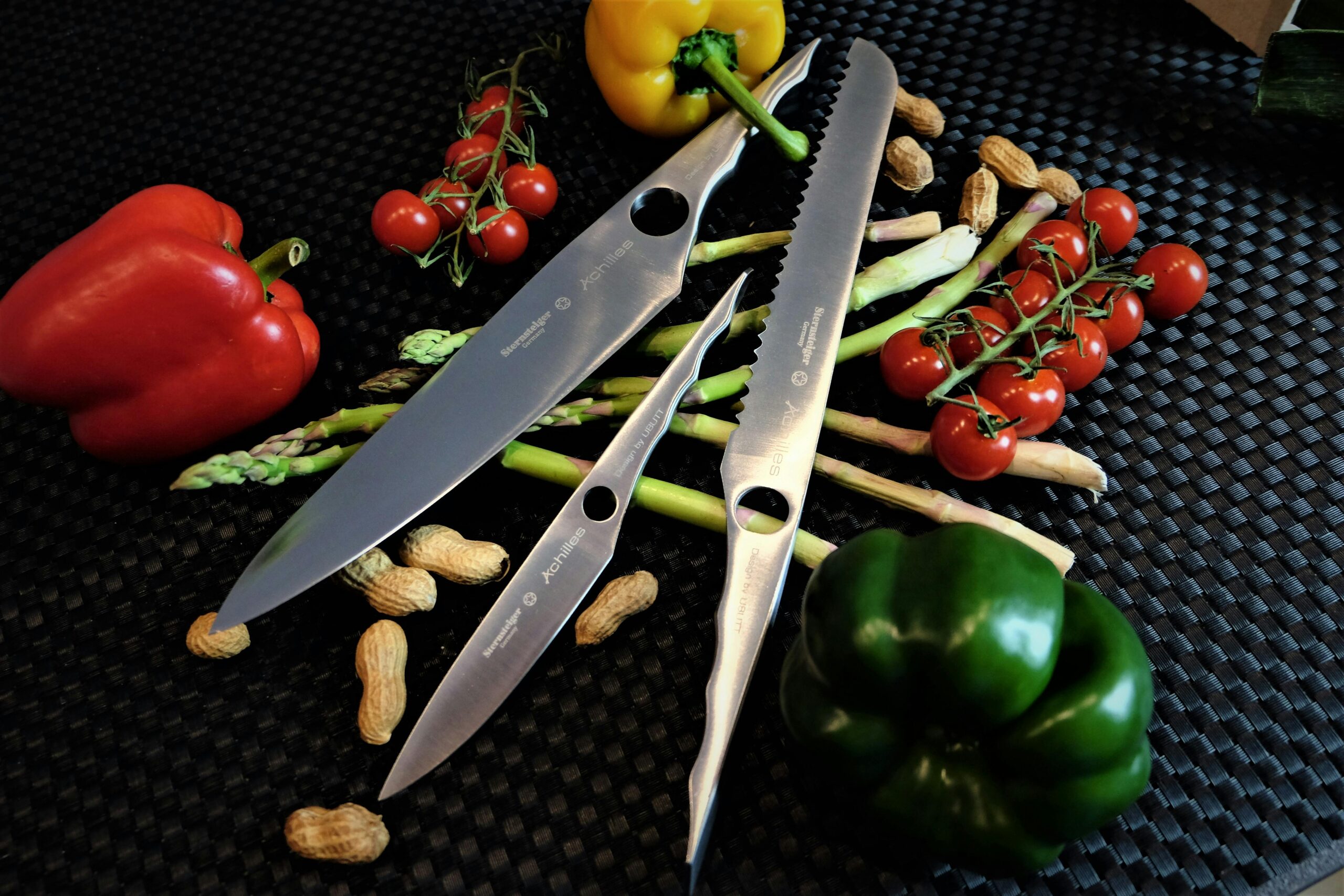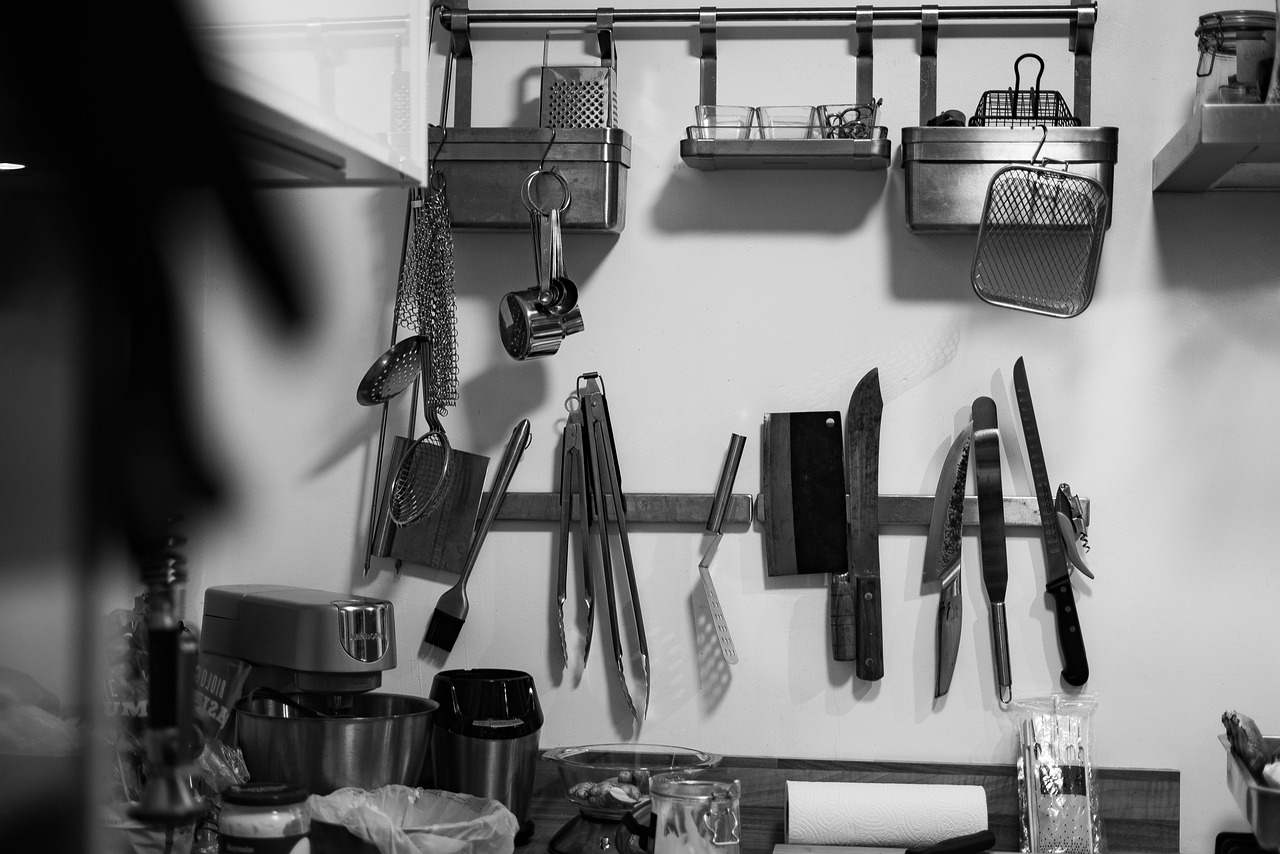These superior presentation sharp edges have advanced over hundreds of years, mixing old practices with current development. To really see the value in a top notch culinary specialist’s blade, it’s critical to grasp its set of experiences, the craftsmanship behind it, and how both have formed the blades we use today.
Culinary specialist’s blades are fundamental devices in kitchens around the world, valued for their flexibility, accuracy, and strength.
These simple sharp edges were fundamental for endurance and established the groundwork for the improvement of blades as devices for additional specific undertakings.

The historical backdrop of blades extends back to ancient times, when early people designed sharp instruments from stone, bone, and rock to chase and get ready food.

As metalworking progressed, societies across the globe started to make more refined cutting instruments. The cook’s blade, as far as we might be concerned today, started from two particular practice.

Henckels, both from Solingen, Germany, are prestigious for their conventional German-style blades, which are heavier and powerful, intended for universally handy cutting.
In eighteenth and nineteenth century Europe, especially in France and Germany, smithies started making blades explicitly for culinary use. The gourmet specialist’s blade, or “couteau de cook,” developed into a flexible instrument for cutting, slashing, and dicing. Brands like Wüsthof and Zwilling J.A.
Japanese blade making has establishes in the specialty of samurai sword making, with a similar accuracy and craftsmanship used to make kitchen blades. The Gyuto (Japanese likeness the culinary expert’s blade) arose as a lighter, more slender option in contrast to European edges, succeeding in accuracy errands like cutting fish and vegetables. Japanese brands like Disregard and Worldwide earned worldwide respect for their sharp, lightweight blades.
While current assembling has acquainted innovation with improve effectiveness, the crucial standards of blade making remain saturated with custom.
Here is a glance at the critical components of craftsmanship that go into making an excellent culinary expert’s blade.
The main qualification in blade making is often among fashioned and stepped blades.
Manufacturing makes a more grounded, more strong cutting edge, and most premium blades are made utilizing this strategy.
